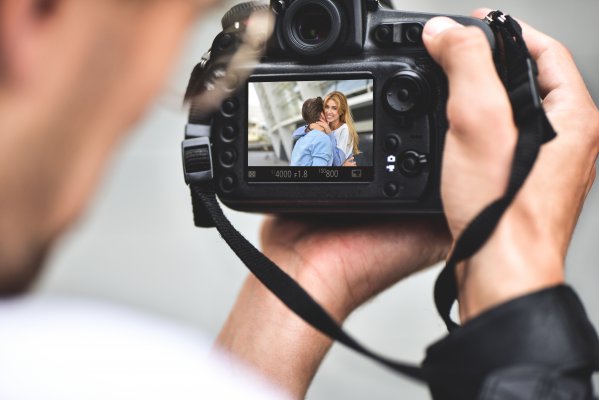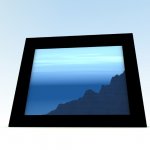DSLR cameras are no longer unaffordable for the average photographer or even for beginner enthusiasts who just want to upgrade their photo gear from smartphone cameras or point and shoot devices. Yes, DSLR cameras are still the most expensive ones out of all 3, but they are beginning to be way more accessible both in terms of price and ease of use. Not to mention the fact that they’ll always have their advantages over other types of cameras, from image quality and speed to features, a wider ISO range and the possibility to change lenses.
If you are new into all this DSLR thing and you’re looking to buy your first DSLR camera, you might not know exactly what to look for. Here are a few guidelines to help you make a purchase you won’t regret:
- Establish your budget. This will help you narrow down your options, based on the price you are willing to pay. When you do your math, don’t forget to take into account all the other costs involved in getting a DSLR: memory cards, lenses, filters, extra batteries, a high quality bag for your camera
- Decide whether you want to buy a camera kit or just the body of the camera. If you are picky about your lenses or you already have some lenses you want to use, you should go with just the body option. However, if you are a beginner or you simply don’t want to bother with researching/buying lenses separately, you can also opt for a camera kit. Camera kits include the body and 1 lens or more. The included lens usually has an 18-55mm zoom factor and it is versatile enough to be used in a variety of shooting scenarios. And although you might be skeptical when it comes to the quality of the stock lens, you shouldn’t worry, if you choose a reputable brand. Their lenses are usually reliable and good enough for general use
- Pay attention to the sensor size. As a general tip, the bigger the sensor, the better. However, larger sensors are pricier
- Check out the exposure of the camera. There are 3 main aspects to consider in this regard: the ISO sensitivity, the aperture range and the shutter speed. The higher the ISO number on the camera, the more capable the camera will be to take photos in darker conditions. When it comes to the shutter speed, the higher the speed, the more useful the camera will be for shooting moving subjects, such as in sports, etc. The aperture is basically the hole in the lens through which the light passes to your camera. The larger the aperture is, the larger the blur in the background of your images will be and the smaller the aperture, the smaller the amount of blur. When you calculate the size of the aperture, remember that the numbering is a bit strange, in that the larger aperture will be represented by small numbers. Aperture is expressed as the ‘f-number’ or the ‘f-stop’. As an example, f/11 means a small aperture, an f/4 is larger and f/1.4 is even larger. Aperture should be used depending on what kind of photos you want to take and in what lighting conditions
- Look for a camera that has image stabilization or anti shake technology, to be able to take better pictures
- What kind of connectivity do you prefer for transferring the photos on your computer? Most DSLRs use USB, but some also have wireless capabilities or use FireWire
- Video recording capability. Check out the capabilities of the camera, to see whether it can record in HD, full HD, 2K or 4K. Frame rates are also an important aspect to consider. Higher frame rates capabilities are always better than lower ones
- What kind of lenses are compatible with the camera? Even though we saved it for last, it is among the most important aspects to consider when buying a DSLR. The fact that it supports interchangeable lenses is what makes a DSLR so special. Being able to change lenses according to your shooting needs is really important, and not all cameras support the same lenses. Entry-level and mid-range DSLRs are typically equipped with 18-55mm zoom lenses. Telephoto lenses are the most expensive ones and are used for sports and moving subjects. Check out the lens compatibility of the camera you want to buy, to see what kind of options you have.





